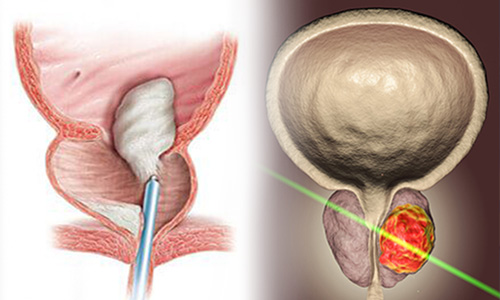What is premature ejaculation?
The definition of premature ejaculation is ejaculation uncontrollably and without satisfying the partner before or shortly after sexual intercourse. Although there are definitions of duration (such as 1 or 3 minutes) for premature ejaculation, the most appropriate definition is "the inability to control one's ejaculation" and "ejaculation before he or his partner is fully satisfied".
What are the causes of premature ejaculation?
Although many theories have been presented so far about the reason of premature ejaculation, biological, chemical, and psychological causes are recognized as the most important factors. Premature arousal because of hypersensitivity of the head of the penis has led us physicians to search for different treatments.
Serotonin is a substance secreted in the brain and is responsible for controlling mood, sleep patterns and sexual desire. While an increase in the amount of serotonin delays the ejaculation time, the amount of serotonin has been found to be low in those with premature ejaculation.
Some psychogenic conditions or diseases may also cause premature ejaculation. Depression, stress, loss of self-confidence, emotional conflicts with the partner, previous sexual traumas are among the causes of premature ejaculation.
What do we use in the treatment of premature ejaculation?
Behavioral treatments, medications, sprays, or creams applied to the penis are used for premature ejaculation. Medical treatments, i.e. drug therapy, are the most preferred method.
For this purpose, selective serotonin re-uptake inhibitor (SSRI) group drugs are used. These drugs are normally used to treat depression and their side effect is delayed ejaculation. Dapoxetine, one of the SSRI drugs, is used in the treatment of premature ejaculation because of its short duration of action. Unfortunately, these medications are not curative, and the same problems occur when the person stops taking them.
Creams or sprays that reduce stimulation of the glans penis are also used. Our aim in patients with premature ejaculation with filler application is to prevent premature stimulation by creating a barrier in the penis. In this way, it is an effective and long-lasting treatment method, especially in people with high penile sensitivity.
How is filling applied to the glans penis?
Filling material is injected into the lower part of the mucosa of the glans part called the head of the penis. This procedure is similar to the lip filler application procedure applied to make the lips look fuller in women. The procedure is applied under local anesthesia in our clinic. It takes approximately 15-20 minutes. Our patients do not feel pain during the procedure. There is no bleeding. After the procedure, our patients can return to their normal lives. They can start sexual intercourse after one week.
Can the penis head be enlarged with the filling applied to the penis head?
This filling can also provide a significant fullness and growth in the head of the penis. In people who have undergone penis enlargement surgery, the penis body may be thicker, and the head may remain disproportionately small. Or in some people, the head of the penis may appear proportionally smaller. In these cases, the glans penis can be safely enlarged with hyaluronic acid filling.
Are there any side effects or risks with fillers?
Hyaluronic acid is a safe filler used for many cosmetic procedures today. It is applied safely and effectively in orthopedics, ophthalmology, plastic surgery, and urology. It does not cause reactions such as inflammation, fever, or allergy in the body. It provides natural visibility. Side effects are generally mild and temporary. Pain, bruising, numbness, and mild swelling at the head of the penis will disappear over time.
How long is the duration of effect? Does it provide a permanent treatment?
In the studies conducted, an increase in satisfaction up to 3-4 times in the patient and his/her partner after the procedure has been achieved. Satisfactory prolongation of the duration of sexual intercourse was achieved in the 6th month and 5-year follow-up periods compared to the previous period. Due to the cross-links between the molecules, hyaluronic acid can remain in the tissue much longer than other fillers (fat and collagen).









